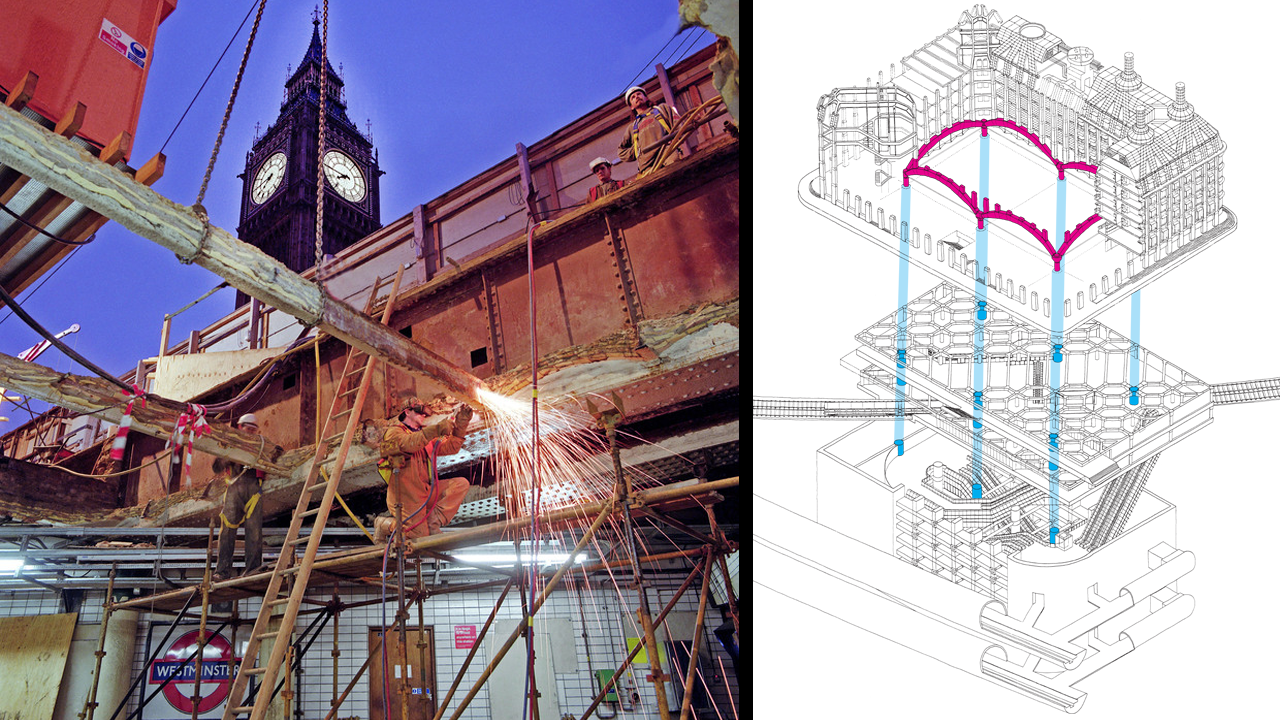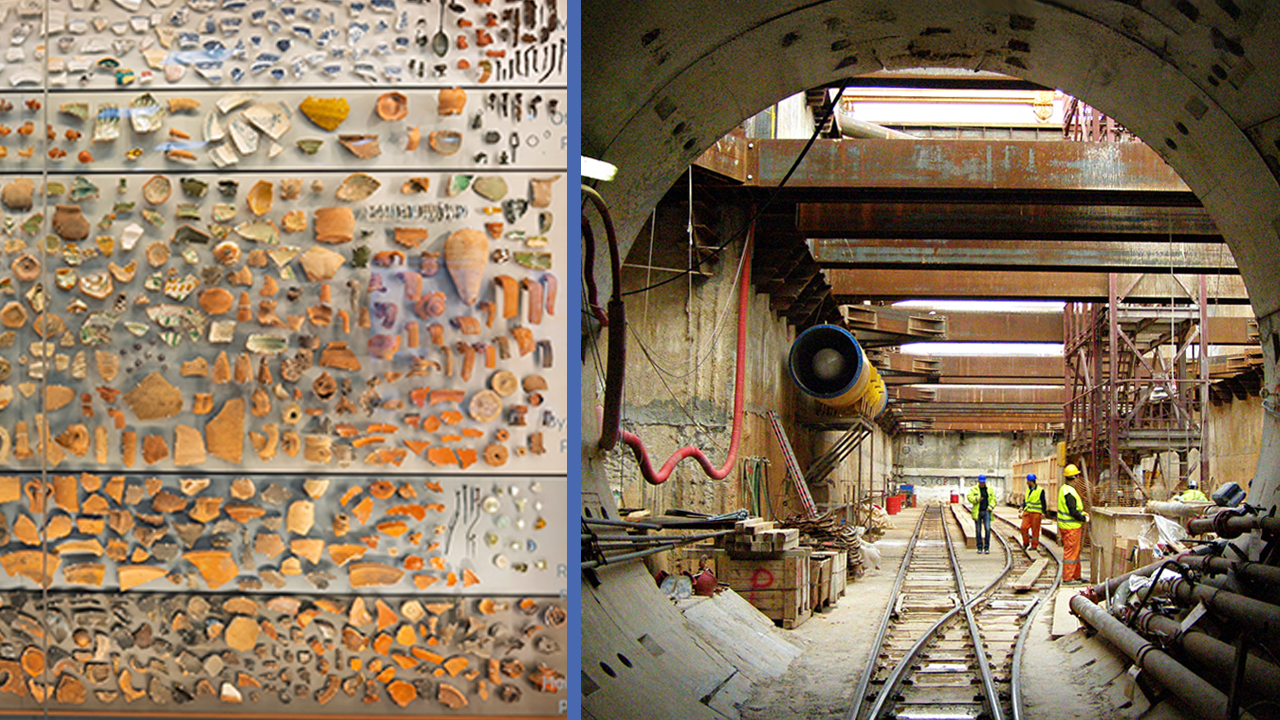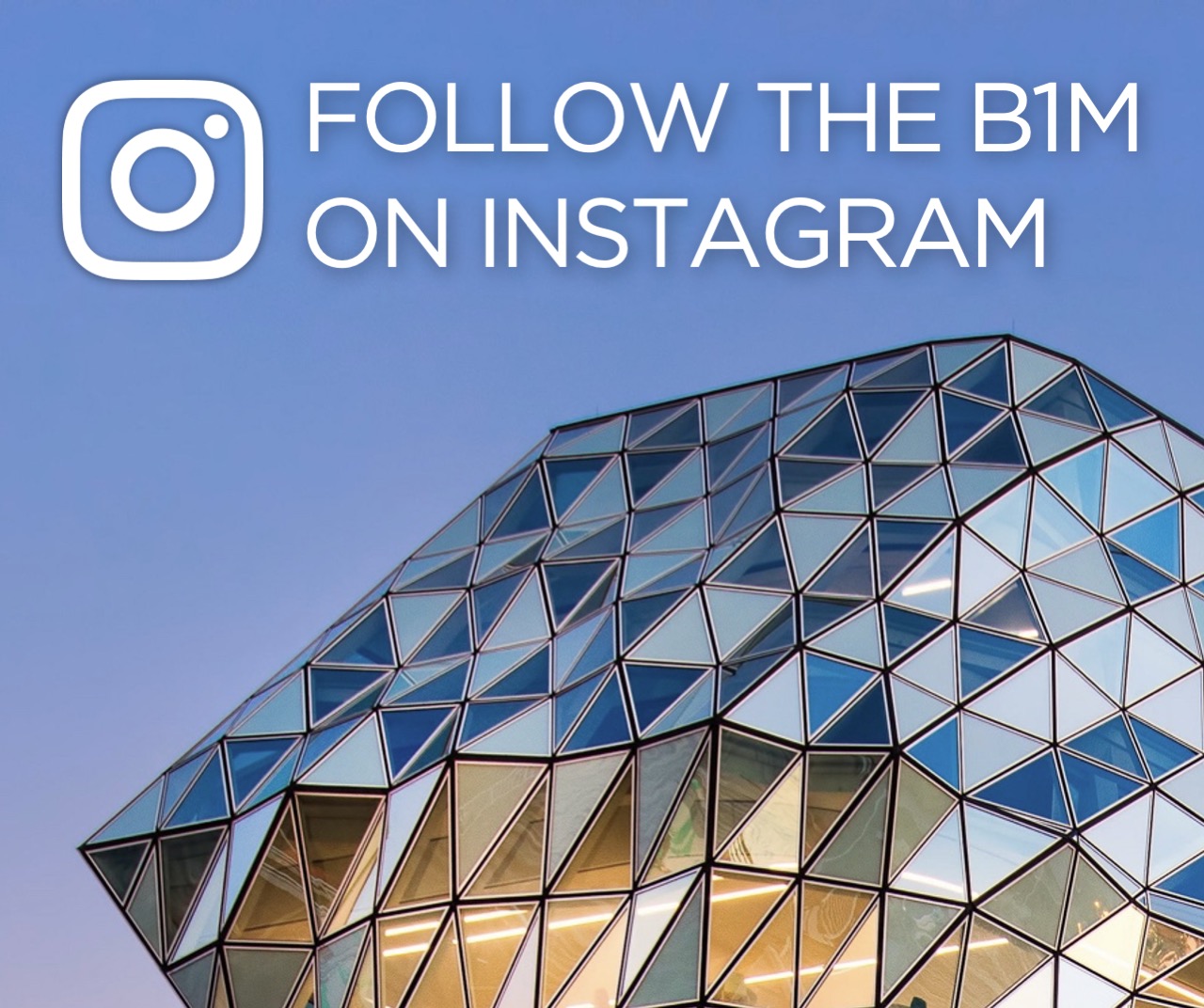Australia is Building a $125BN Mega-Railway
- Youtube Views 1,763,774 VIDEO VIEWS
Video narrated by Fred Mills. This video contains paid promotion for Masterworks.
What if I told you the way we’ve been building metro lines is wrong?
Most of them were built in the middle of the century and designed with a single purpose in mind: to get you from where you live in the suburbs to where you work as quickly as possible.
Only that’s not how cities function anymore.
We’re now seeing massive course corrections all over the world to fix and adapt these “city loop” designs, but it certainly doesn’t come cheap.
One city is spending AUD $125BN on a massive infrastructure project that will fix this problem but take more than half a century to complete.
It’s a metro upgrade on a scale we’ve never seen before.
So why don’t these "city loop" metro lines work for most cities anymore?
People now live and work almost anywhere. Sections of cities are no longer cordoned off as just residential or just commercial, but are mixed.

Above: Melbourne's new metro tunnel. Courtesy of Rail Projects Victoria.
Take Melbourne, for example, the city’s original design had all the offices and shops in a central grid. Nobody lived there, everybody lived outside of it over in the suburbs.
In the post-war period railway lines were extended into the growing suburbs to bring people in and out of the city. And it worked … for a time.
But now, people live in apartments in the centre of the city and offices have moved to all sorts of locations. The old metro system doesn’t work anymore.
For instance, if you lived in Burwood but worked in Caulfield and wanted to take public transport you would have to travel into the Central Business District and then back out again. A journey taking you an hour and 20 minutes by train. If you were to drive it would take you just 16 minutes.
Now Tokyo, London and Moscow's metro lines are ranked as some of the most efficient in the world.
There are a multitude of lines criss-crossing over each other. There are rings looping around not just the city centre but outer boroughs as well.
They provide options and allow for a variety of journeys, not just the suburbs to work route of the Mad Men era.
Melbourne is in the middle of a once-in-a-century megaproject to address this very problem.

Above: Construction had to avoid tearing up Melbourne's main street. Courtesy of Rail Projects Victoria.
Not many people use the trains in Melbourne. Well, not as many as there should be.
With five million people it has just now overtaken Sydney as Australia’s most populous city - in fact 19% of all Australians live here.
Thanks to a construction boom over the last decade the city now has almost more skyscrapers than London and Beijing combined.
It’s been home to the Olympics, Luna Park, and Margot Robbie … before she was Barbie.
By all accounts this should be a city with state-of-the-art public transport.
And while it, er, has the world’s largest tram network, its metro is decidedly lacking.
2021 census data found that while some 50% of people drove to work in a car, only 3% took the train.
So the city is building more rail lines outside of the city centre.
This is the Suburban Rail Loop. A 90 kilometre long megaproject that will skirt around Melbourne’s outer suburbs. But it’s not going to be completed anytime soon.
This gargantuan AUD $125BN project has been split into four phases.

Above: Melbourne's new metro will service the city's expected population boom. Courtesy of Rail Projects Victoria.
This first section alone, covering 26km of twin tunnels and six new stations, will cost an estimated $33BN and will be finished by 2035.
The second phase of the project, which will connect to the city’s airport, will be finished between 2043 and 2053. While the completion date for the entire loop is … wait for it … 2084. Yeah. This is a long term project.
Before Melbourne’s massive Suburban Rail Loop can be built – the city first has to solve the traffic buildup in the middle of the city. To do that, they’re building the Metro Tunnel.
Some 40 metres beneath the streets of Melbourne these machines dug a set of nine kilometre long tunnels that will create a new end-to-end train line connecting the west to the southeast along with five new stations.
These tunnels are the first step in Melbourne’s infrastructure makeover because they address a crucial flaw that many of these city loop designs have: a choke point.
Because every line has to go through the centre of the city it limits the number of trains that are possible to travel.
That means you can’t just turn up at a station knowing you’re probably only minutes away from getting on a train, like in London or New York.
In Melbourne, trains only come once every ten or twenty minutes. You have to plan your journey before you leave the house, and if you miss the train, well sorry, you’re going to be very late now.

Above: The tunnel caused a political divide. Courtesy of Rail Projects Victoria.
This tunnel seems like a no-brainer now, but it wasn’t always like this.
Some politicians have wanted to prioritise trains, some wanted to focus on highways.
When it was finally set to be built, however, plans had to be redrawn when the public got wind that this massive tunnel would rip apart the city’s main street and divide Melbourne in half for years. One slightly dramatic politician compared the endeavour to the Berlin Wall.
This resulted in some clever engineering to keep the same route of the tunnels without causing major disruptions.
Instead of tearing apart all of Swanston Street, key buildings were demolished along the path of the tunnel and excavations would hook under the street allowing the workers and tunnel boring machine, or TBM, access.
Speaking of TBMs, four of them are responsible for excavating the twin tunnels for the Metro Tunnel.
And they’re huge. They weighed more than 1100 tonnes each and reached 120 metres in length, nearly the size and weight of the skyscrapers they were burrowing beneath.
They each are crowned with a cutterhead, which in itself weighs 100 tonnes. This acts as a drill and can tunnel through rock six times harder than concrete.

Above: Melbourne's new metro tunnel will revolutionise the city. Courtesy of Rail Projects Victoria.
You could think of the TBMs almost like submarines. A crew of up to 10 people, including an operator, worked on each TBM at any one time. They were staffed and monitored 24 hours a day, 7 days a week, and came fully equipped with an office, kitchen and toilets.
A state of the art navigation system kept the machines on track at all times and ensured they didn’t accidentally drill into something they weren’t supposed to.
The TBMs were named after local female heroes, from the state’s first woman Premier to an Australian cricket captain, and were each given their own distinct colour.
The first TBM, called Joan, was launched from Arden in 2020 followed by Meg a few weeks later.
The other two TBMs were launched a few months after that from the other end of the tunnel. All four met in the middle halfway through 2021.
This first leg of Melbourne's rail journey is set to open in just over a year's time. And while the entire vision will take many, many decades to complete we’re already on our way.
Melbourne knows what kind of city it's going to be by the end of the century, and it won’t be a small one.
This video contains paid promotion for Masterworks. Skip the waitlist and invest in blue-chip art for the very first time by signing up here.
Additional footage and images courtesy of Rail Projects Victoria, Warner Bros. Pictures and Luna Park.
We welcome you sharing our content to inspire others, but please be nice and play by our rules.








